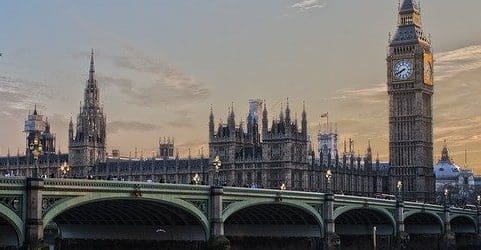FROM POLLS TO PROTESTS: NAVIGATING POLITICAL VIOLENCE IN A TURBULENT AGE
July 2025As we move into the second half of 2025, the insurance market faces a political violence (“PV”) landscape that is not only intensifying but also evolving in unpredictable and complex ways. Events are more frequent, longer lasting and harder to classify. For insurers, brokers, and policyholders alike, the shifting landscape demands a proactive and informed approach — not just when disputes arise, but across the entire policy lifecycle.
2024: a super election year with supercharged risk
The “super election year” of 2024 — in which over half the global population voted — brought widespread political change and triggered a global surge in unrest. According to Allianz’s ‘Political Violence and Civil Unrest Trends 2025’ report, more than 160 major anti-government events were recorded in 2024, with many continuing for months.
While PV events are not always triggered by the election result itself, periods of political transition frequently act as flashpoints for unrest. A new government, even one elected peacefully, can usher in sudden policy shifts, economic reforms, or ideological changes that provoke a violent reaction. A common thread of the 2024 election results was a turn against the incumbents, reflecting deep public dissatisfaction and frustration. In many cases, the violence that follows a change in control stems not from the formal transfer of power but from the social and economic tensions it exposes, including widening wealth inequality, increased taxation and rising inflation. These are fertile grounds for mobilisation.
The lone actor problem
One of the defining challenges for PV insurers today is the rise of the self-radicalised lone actor — ideologically motivated individuals operating independently of any formal group. These perpetrators are unpredictable, often radicalised online, and difficult to detect. As a result, their actions often fall between traditional PV definitions such as terrorism, sabotage, or civil commotion, which makes it more difficult to assess whether they are covered under traditional PV policies.
How technology is reshaping risk
Social media has fundamentally changed how PV events unfold. Platforms can instantly mobilise huge crowds, amplify outrage, and coordinate flash protests that can quickly turn violent. Misinformation, such as that seen in the aftermath of the Southport stabbing, can distort public understanding and inflame tensions before authorities can respond.
State-sponsored cyber groups, or Advanced Persistent Threat (APT) actors, are also increasingly active in this space. These actors use cyber disruption and disinformation campaigns to exploit political fault lines, sometimes triggering physical violence.
The hybrid nature of these events raises complex questions around causation, attribution, and the interplay between PV and cyber exclusions.
Big firms are targets – but SMEs bear the brunt
Multinational firms are often the most visible PV targets, often due to political exposure, environmental impact, or symbolic value; however, it is SMEs that are frequently hit the hardest. A business’s vulnerability is often determined by its location and operational footprint. SMEs typically lack the resilience to absorb major business interruption losses; they are less able to relocate operations and may not have crisis protocols in place. They are also less likely to have sufficient cover in place, leading to an increase in uninsured losses.
Are today’s policies built for today’s risks?
The evolving nature of PV risk creates real pressure on policy wordings, particularly those based on traditional Lloyd’s or London Market clauses. Definitions such as “riot,” “civil commotion,” “terrorism,” “insurrection,” and “war” are being tested in ways that would have seemed academic a decade ago. In reality, the consequences of these interpretations are very real and they determine whether cover is triggered, whether exclusions apply, and how losses are aggregated.
The rise of lone-actor violence, hybrid cyber-physical threats and fast-spreading information means past patterns are no longer reliable indicators. PV events now escalate faster, last longer and emerge in previously stable regions making the risks increasingly unpredictable and harder to protect against.
Given the global nature of many PV claims — often involving local policies, facultative placements, and treaty reinsurance — there are also layers of governing law, jurisdictional issues, and parallel proceedings to navigate.
Conclusion: forward-thinking legal advice for a backward-looking market
The political violence market has not changed as quickly as the risks it seeks to insure. Many wordings remain rooted in a framework that no longer reflects today’s hybrid, ideological, and fast-moving threat environment. Advising on PV disputes needs to go further than applying a narrow interpretation of the policy wording and offer clients commercial clarity, geopolitical context, and strategic foresight at each stage of the policy lifecycle.
To learn more about how we can assist your business to navigate these evolving risks please contact Nathan Penny-Larter, Lyndon Richards or Sam Zaozirny.
Download PDF









